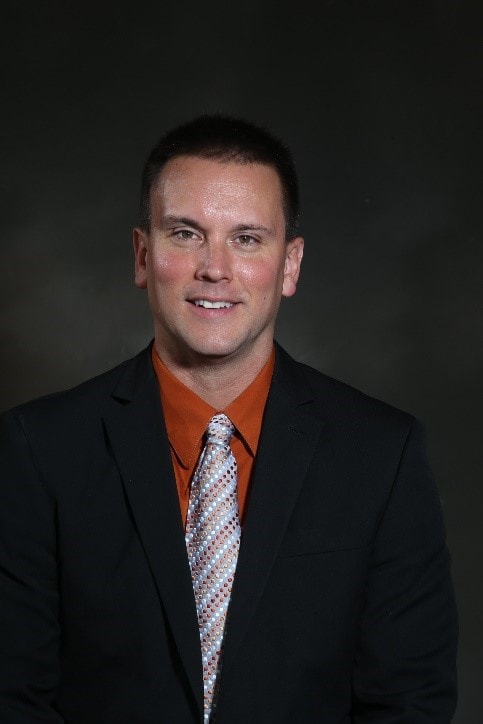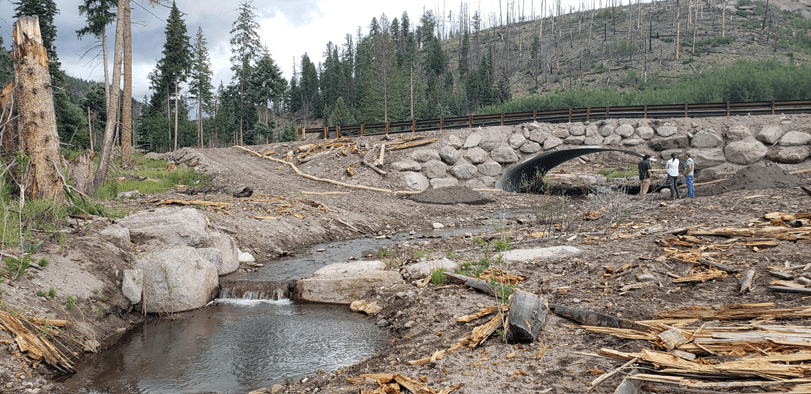Engineering With Nature supports wildfire recovery efforts at the Santa Clara Pueblo in New Mexico, emphasizing the development of protocols and design information for Natural and Nature-based Features (NNBF). These efforts, driven by requests from US Army Corps of Engineers (USACE) Districts and project sponsors, aim to create more sustainable and resilient designs, thereby preparing communities for future wildfire events.
On February 20, 2024, Dr. Chris Haring from the ERDC Coastal and Hydraulics Laboratory (CHL) delivered a presentation titled “Post-Wildfire Recovery Through the Principles of Engineering With Nature®” to the Southwest Fire Science Consortium (SWFSC) and Arizona Wildfire Initiative (AWI). The objectives of the presentation were to update the SWFSC and AWI groups on research and development efforts related to wildfire recovery and to introduce developing information on the Flood and Coastal Systems (F&CS) Programs-NNBF Streambank Manual.
The webinar attracted over 100 participants from Federal, State, and local agencies, project sponsors, consultants, and academia, underscoring the widespread interest and importance of the topic. The diverse audience reflects the collaborative nature of wildfire recovery efforts and the need for multidisciplinary approaches to address the complex challenges posed by post-wildfire landscapes.
Presentation Summary
The presentation highlighted the use of natural materials and processes to inform and enhance engineering designs for channel stabilization in wildfire-affected areas.
Ongoing efforts were shared, including applications for geomorphic watershed assessment, wildfire recovery, river restoration, and stabilization, with a focus on integrating Traditional Ecological Knowledge (TEK) for stabilization and recovery alternatives. The presentation covered additional topics including watershed sediment management concepts, the three E’s (Economy, Environment, and Effectiveness) for bank stabilization, hybrid stabilization approaches, and channel and watershed grade control concepts. It also showcased wildfire applications and case studies to provide practical insights into post-wildfire recovery efforts.
Overall, the presentation served as a valuable platform for sharing knowledge, exchanging ideas, and fostering collaboration among stakeholders committed to enhancing post-wildfire recovery efforts through the principles of Engineering With Nature.



